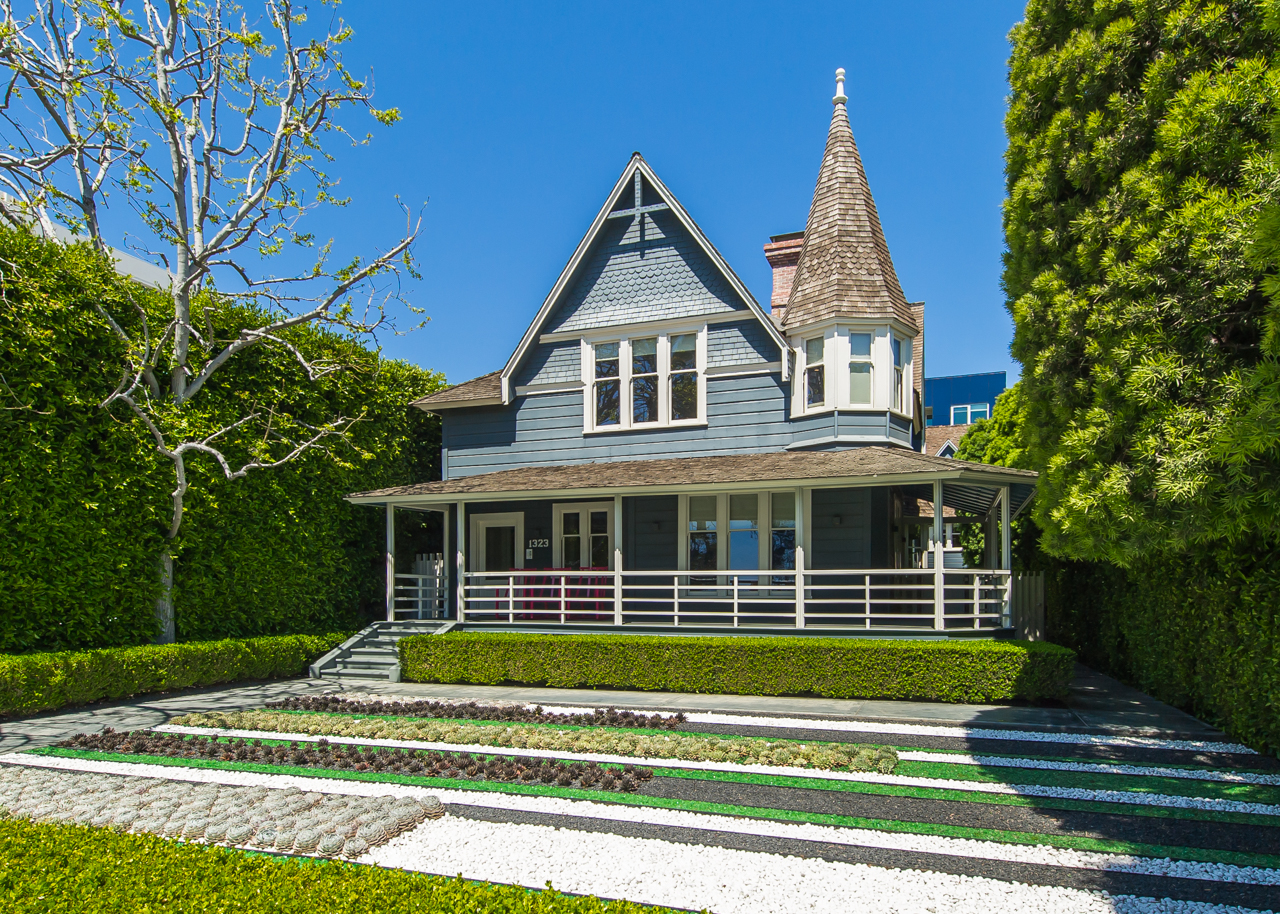There are some tax advantages available to property owners who buy and restore historic homes and commercial buildings in Los Angeles. I’ve developed a primer to explain these common terms associated with historic preservation in California. These terms are often misunderstood: the Ellis Act, Mills Act, Mello-Roos and adaptive reuse.
As always, if you have a question regarding the sale of your home or questions regarding possible property tax savings and credits, please don’t hesitate to ask. I’m pleased to share information and investigate any concerns when you buy or sell a home in Los Angeles.
What is California’s Ellis Act?
The Ellis Act is a 1985 California state law, which allows landlords to evict tenants in rent stabilized units in order to take the building out of the rental business or demolish the building entirely. It most often has been applied to older properties and those with long-term tenants covered by rent stabilization ordinances. Lawmakers in Los Angeles, San Francisco and elsewhere in California have pushed back against so-called Ellis Act evictions and there are many rules surrounding the process. Initially, the Ellis Act was intended to help “mom and pop” landlords who wanted to exit the rental business.
What is the Mills Act?
The Mills Act is a 1972 California state law allowing cities to enter into contracts with homeowners to provide property tax relief and reductions, provided historic structures were restored and maintained following Department of the Interior standards. A homeowner in Los Angeles must apply for a Mills Act reduction through the city’s Office of Historic Resources. The annual application process begins in January and homeowners must propose a preservation plan in order to be considered and approved for a property tax reduction. Contributing structures in a Historic Preservation Overlay Zone (HPOZ) and designated City of Los Angeles Historic-Cultural Monuments are among the buildings eligible for this program.
What is Mello-Roos? Why does Mello-Roos matter to home buyers in Los Angeles?
If you’ve read any information or a listing on a residential property, you may have noticed an indication whether or not the property covered by Mello-Roos. A YES answer means the property is subject to a special property tax lien or bonded debt established by a city, county or other entity. Once a Mello-Roos Community Facilities District (CFD) is established, it allows for the financing of public works and services; it is often utilized for the improvement of public works (streets, sewer systems and other infrastructure updates) and civic works such schools, parks and cultural facilities.
These special property taxes typically have a time frame or will be reduced after a certain number of years. A seller must make a good faith effort to disclose if their residential property is in a CFD and subject to a Mello-Roos special tax.
What is the adaptive reuse ordinance?
In Los Angeles, the adaptive reuse ordinance allows for historic commercial buildings to be converted into other uses such as residences, live/work spaces, condominiums and hotels. Building and zoning requirements were changed and streamlined to encourage the preservation and remodeling of underutilized historic buildings and thus jumpstart downtown’s revitalization. Downtown Los Angeles is the shining star of adaptive reuse.

 Facebook
Facebook
 X
X
 Pinterest
Pinterest
 Copy Link
Copy Link



